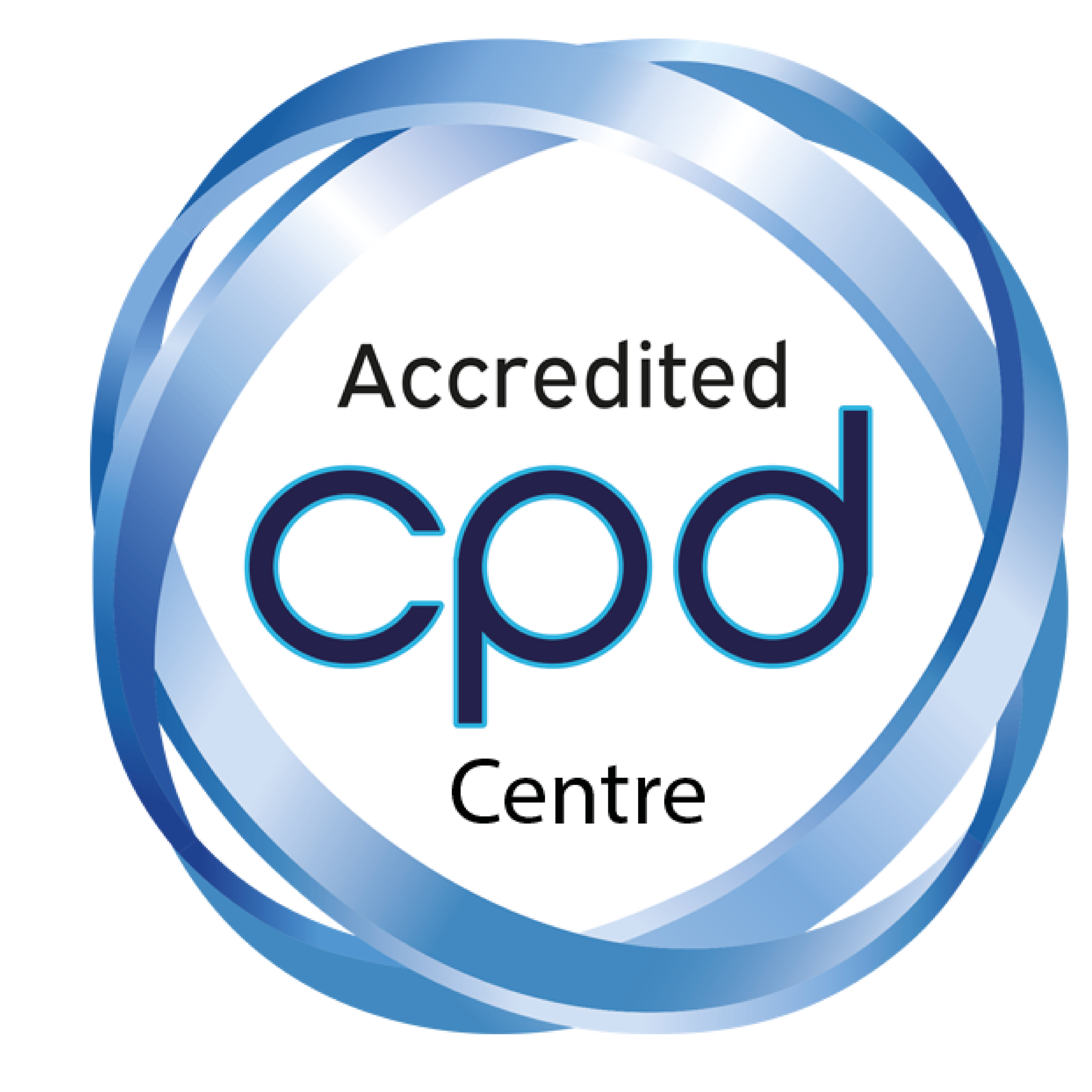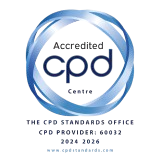

Within the healthcare sector there are occasions when staff may experience verbal and physical abuse from patients, visitors and other staff members. This course enables healthcare workers to recognise the onset of a confrontational situation, develop an awareness of current risks and provide staff with a good understanding of the levels of support available to them within their organisation. This course will give you the tools needed to deal with risks safely and effectively.

We're proud to share that all our E-learning courses are assured by City & Guilds, a global benchmark for excellence. This recognition highlights our commitment to delivering high-quality training that truly makes a difference.

Our courses support lifelong learning and professional growth, accredited by the CPD Certification Service to ensure they meet recognised standards for Continued Professional Development.
Take a closer look at our E-learning experience. Below, you’ll find screenshots from the course alongside a sample certificate you’ll receive upon completion (click to view).
Our courses are designed to be engaging, intuitive, and practical, giving you the tools and confidence to excel in your field.
If you would like to see how our E-learning platform works before purchasing, click on the 'try before you buy' button below and you can try a full length Elearning module, completely free of charge!
Try Before You Buy